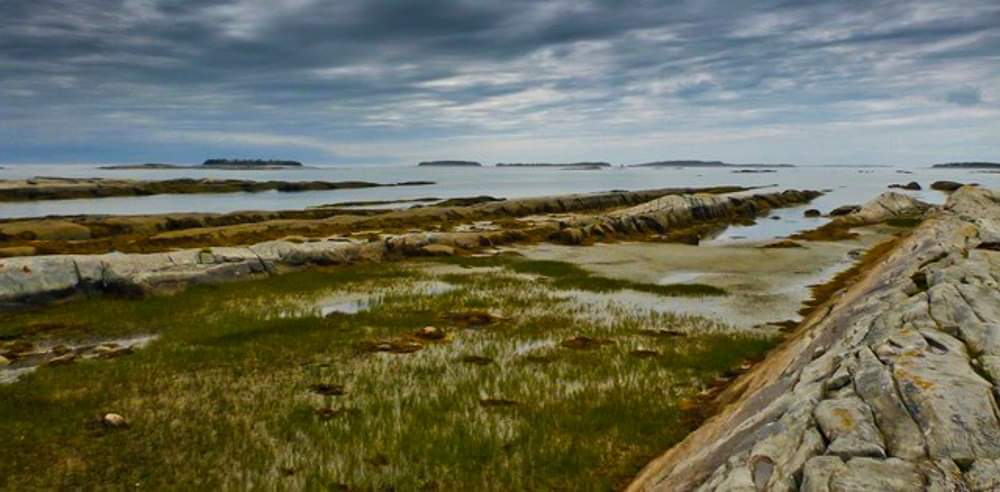The following is an excerpt from the Nova Scotia Wetland Conservation Policy.
Consequences of Wetland Loss
Nova Scotia’s wetlands provide an estimated $7.9 billion worth of benefits in ecosystem services to Nova Scotians annually
Nova Scotia Wetland Conservation Policy
The loss or degradation of wetlands due to human activities results in a loss or decrease in their ability to provide ecosystem services effectively or support the full suite of ecological functions they normally perform (e.g., controlling flooding and reducing contaminants). GPI Atlantic (Genuine Progress Index for Atlantic Canada) estimates that the remaining salt marshes in Nova Scotia provide over $400 million worth of ecosystem services to Nova Scotia communities each year, including flood and erosion control and infrastructure protection from storm surges.
In addition, since wetlands are among the most productive and diverse of all the ecosystems on earth, losing them means reduced biodiversity through the loss of local populations of fish, wildlife and plants that depend on wetlands for their habitat or food.

Nova Scotia’s wetlands provide an estimated $7.9 billion worth of benefits in ecosystem services to Nova Scotians annually, according to a GPI Atlantic study on the province’s water resource values. Thus the economic consequences of wetland loss can be substantial. It is becoming apparent to municipalities in other jurisdictions that conserving, constructing or restoring wetlands may be a more economical option than building water treatment systems to replace the water quality improvement functions that wetlands provide.
GPI Atlantic estimates that wetland loss to development in Nova Scotia equates to about $2 billion annually in lost ecological services like water purification, recharging drinking waters and enhancing fishery productivity.
Some of the largest economic consequences expected to be associated with wetland loss are related to sea-level rise and climate change. The most recent estimates by federal agencies and the Intergovernmental Panel on Climate Change suggest that sea levels in Atlantic Canada will rise at least 1m over the next century. Higher water levels are expected to result in eroding shorelines, increased flooding during storms and high tides, damage to wharves, buildings and roads and contamination of drinking water supplies with salt water. Coastal development and rising seas have already degraded salt marshes and other coastal wetlands, leaving coastlines more vulnerable to large storms.

Evidence examined by the Geological Survey of Canada suggests that damage to shorelines, roads and property from Hurricane Juan in Nova Scotia in 2003 was less in areas with intact barrier beaches and salt marshes than in areas without these natural features. Juan is estimated to have cost Nova Scotia provincial and municipal governments over $100 million, many of the costs associated with damaged coastal infrastructure. Public funds are now routinely spent on flood control in areas where salt marsh has been converted to other land uses, and a number of communities are considering multimillion-dollar seawalls for flood control.
Sources: Nova Scotia Wetland Conservation Policy, pages 5-6
Related Posts:
A Special Habitat for Eider Ducks
Letter from Nova Scotia Wild Flora Society
Letter from the Cole Harbour Rural Heritage Society
Letter from Biologists Caitlin Porter & Dr. Jeremy Lundholm

